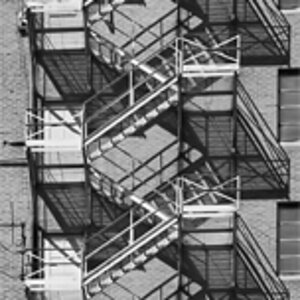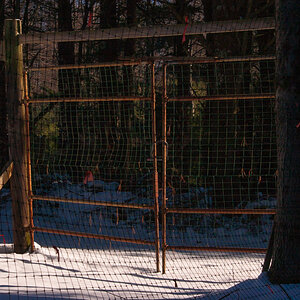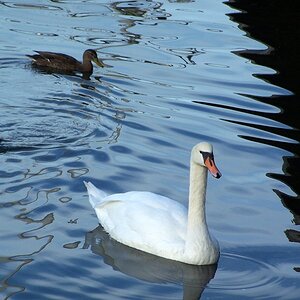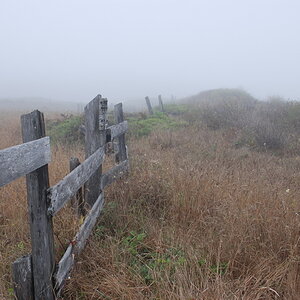Sirene
TPF Noob!
- Joined
- Aug 18, 2007
- Messages
- 229
- Reaction score
- 0
- Location
- Canada
- Can others edit my Photos
- Photos OK to edit
How often do you guys use the histogram to evaluate your exposure ? Do you bracke often ?
Do pros usually use this tool ?
Do you find other tools more helpful ?
Thanks in advance.
Do pros usually use this tool ?
Do you find other tools more helpful ?
Thanks in advance.


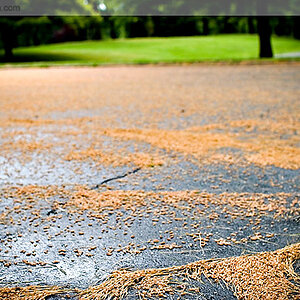
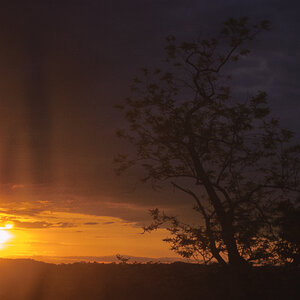

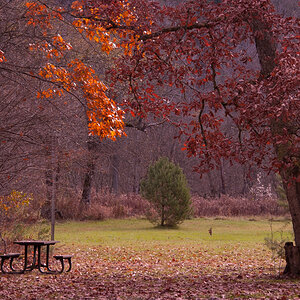
![[No title]](/data/xfmg/thumbnail/42/42280-60cc6d4893a2f440eac7dd2248e733a9.jpg?1619740088)
![[No title]](/data/xfmg/thumbnail/42/42277-63576745f84be96df79b94ca0f49e00b.jpg?1619740085)
